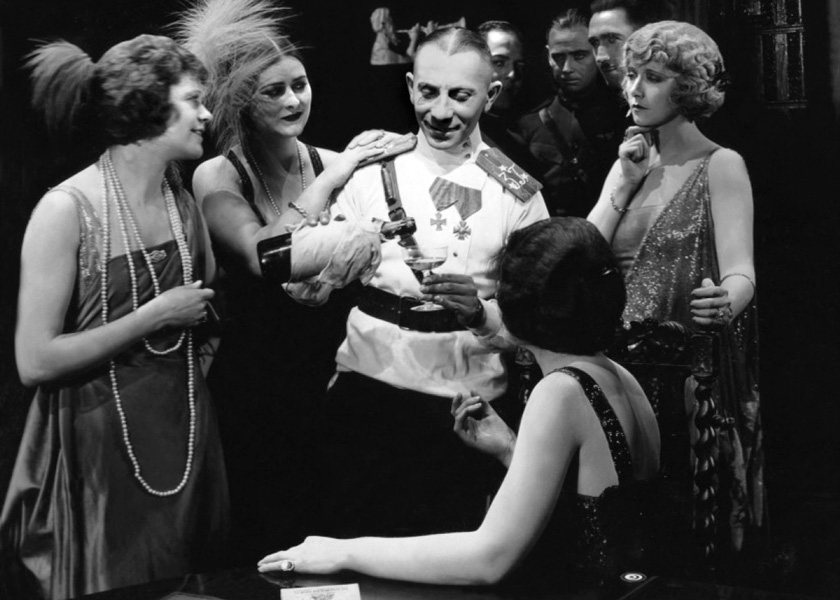History of Silent Films
In the late 19th century, inventors and businessmen in America and Europe were investing in cameras and projectors with which to make and show films. In 1894, Thomas A. Edison patented his camera, the Kinetoscope. The early movies. short, single, unedited pieces of film, showed documentary views, emphasizing life-like movements. Known as “actualities”, these first movies had little or no narrative content. They were shown as part of vaudeville, circus, or similar presentations.
In 1903, The Great Train Robbery, a narrative film in 14 scenes, was a major commercial success for the Edison Company. The public responded strongly to narrative films. The structure and presentation of the new narrative films quickly became standardized. Each film was one reel (about 1000ft) in length. Films were shown in theaters, at first called nickelodeons, where the audience was seated to watch the film. A film program generally consisted of three films accompanied by a piano. The theater operator obtained the films at a film exchange where the operator turned in used films and rented new ones. The new films were produced by a film studio (which could be large or small). In the early days many of these studios were in New York or New Jersey. The studio executive brought the newly made films to the exchange where theater operators picked them up.
By 1912, film quality was improving rapidly. Film stories were becoming too complex to be told in only one or two reels. Feature films ( films of about 5 reels) were rising in popularity. Theaters were also improving in the quality of their amenities. Production of one reel films ceased; the film exchange system ended. Many small studios closed. A few, large, better financed studios produced the majority of feature films. These studios relocated, or were founded, to the area called Hollywood, near Los Angeles, California. To the new film studios, this locality had advantages in climate, topography, and open available land.
By 1920, the movies were a large, complex entertainment and business establishment involved in the life of nearly every citizen. Through the 1920’s, artistic innovation and quality of films rose to a zenith.
In the late twenties, the coming of talking pictures brought an end to silent films at the apex of their artistic quality.
Survival of Silent Films
It has been estimated by the Library of Congress that only about 25% of silent feature films have survived to be viewed.
Our annotated lists examine some of the notable pictures produced during the silent period, 1919 - 1931. One list includes surviving films, the other list, lost films.
Further Reading

